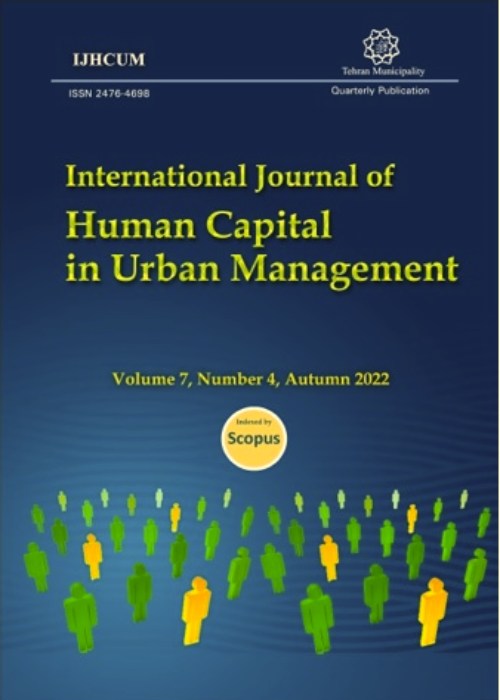Is there a connection between tariffs and economic growth? A computable general equilibrium analysis based on the Global Trade Analysis Project model
Author(s):
Article Type:
Research/Original Article (دارای رتبه معتبر)
Abstract:
BACKGROUND AND OBJECTIVES
Tariff policy has a significant impact on a country's economic progress. The primary objective of this paper was to describe the construction of the Computable General Equilibrium (CGE) model and then analyze the economic impacts among simulated countries by introducing policy shocks like increases and decreases in tariffs. METHODS
Tariff reductions resulted in an increase in intraregional and interregional trade, which is expected to spur long-term investment and economic growth. To examine the economic implications in multiple ways, this article initially used a tariff removal scenario and subsequently increased the tariff. The relationship between production, activity, elements, and other economic sectors of regions was depicted in this paper using a computational general equilibrium model based on the global trade analysis project model. FINDINGS
The simulation resulted in a lower tariff having a beneficial influence on Korea's economic growth compared to other countries. In the agricultural and processed food sectors, Korea's trade balance improved dramatically, with exports and imports continuing high, while exports and imports in the manufacturing and service sectors declined. In contrast to other countries, Korea's processed food output surged by 198%. Finally, in comparison to other countries, Korea's welfare grew by $ US currency 17.56 billion. On the other hand, the trade balance between China and the United States fell by $US currency 6.25 billion and $US currency 7.95 billion, respectively. Korea's trade balance increased considerably, rising by $ 21.78 billion in US currency. Korea's GDP fell by about 0.8%, while China's dropped by nearly 0.3%. Other countries' gross domestic product changed slightly. CONCLUSION
The influence of various tariff policies on countries is examined in this research paper. Computational general equilibrium analysis of tariff policies in the agriculture, processed food, infrastructure, manufacturing, and service sectors has gotten little attention in the past, so this paper used the Global trade analysis project model to try to fill in the gaps and find the benefits of mutual economic policy among countries.Keywords:
Language:
English
Published:
International Journal of Human Capital in Urban Management, Volume:7 Issue: 3, Summer 2022
Pages:
383 to 392
magiran.com/p2453762
دانلود و مطالعه متن این مقاله با یکی از روشهای زیر امکان پذیر است:
اشتراک شخصی
با عضویت و پرداخت آنلاین حق اشتراک یکساله به مبلغ 1,390,000ريال میتوانید 70 عنوان مطلب دانلود کنید!
اشتراک سازمانی
به کتابخانه دانشگاه یا محل کار خود پیشنهاد کنید تا اشتراک سازمانی این پایگاه را برای دسترسی نامحدود همه کاربران به متن مطالب تهیه نمایند!
توجه!
- حق عضویت دریافتی صرف حمایت از نشریات عضو و نگهداری، تکمیل و توسعه مگیران میشود.
- پرداخت حق اشتراک و دانلود مقالات اجازه بازنشر آن در سایر رسانههای چاپی و دیجیتال را به کاربر نمیدهد.
In order to view content subscription is required
Personal subscription
Subscribe magiran.com for 70 € euros via PayPal and download 70 articles during a year.
Organization subscription
Please contact us to subscribe your university or library for unlimited access!


